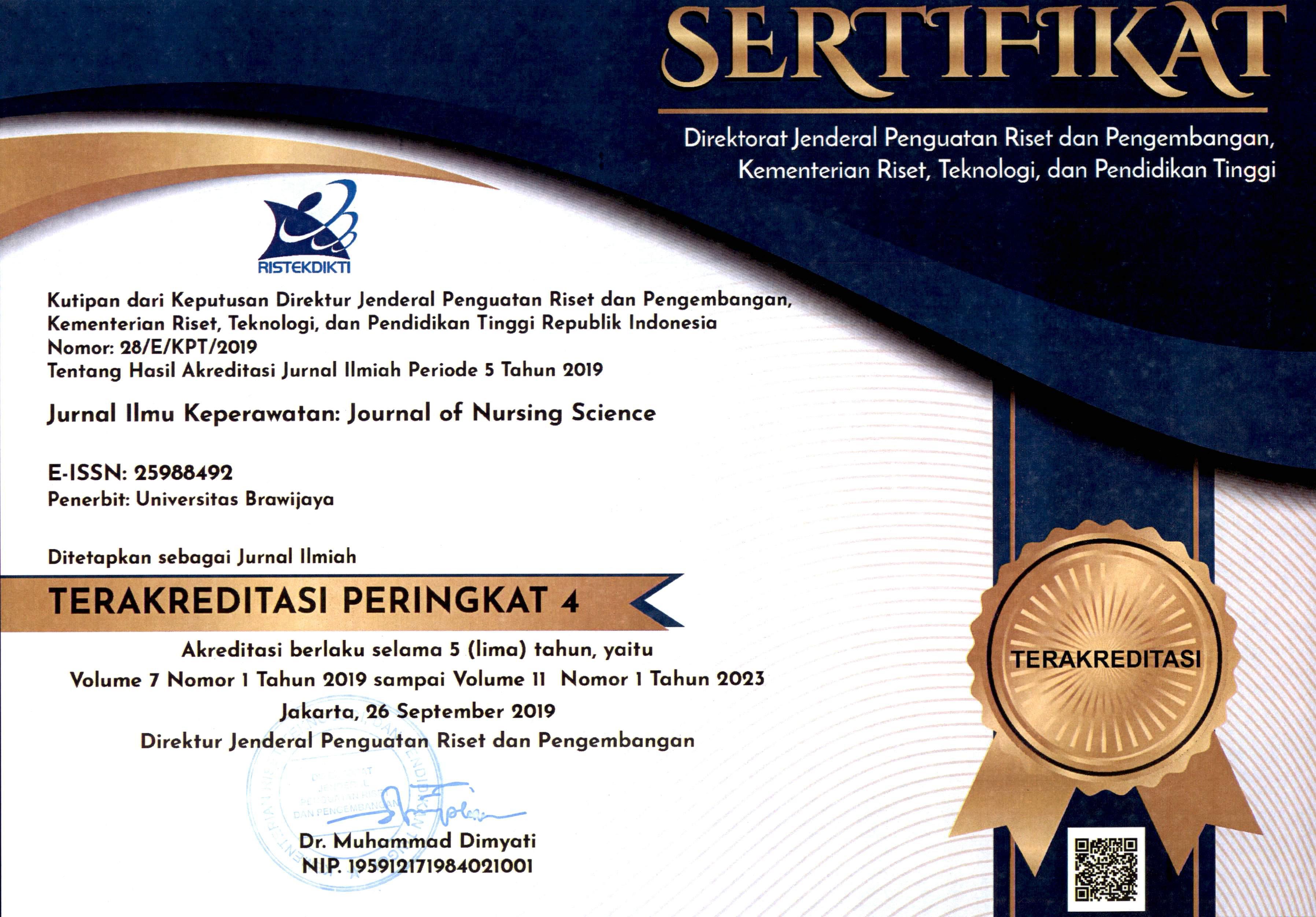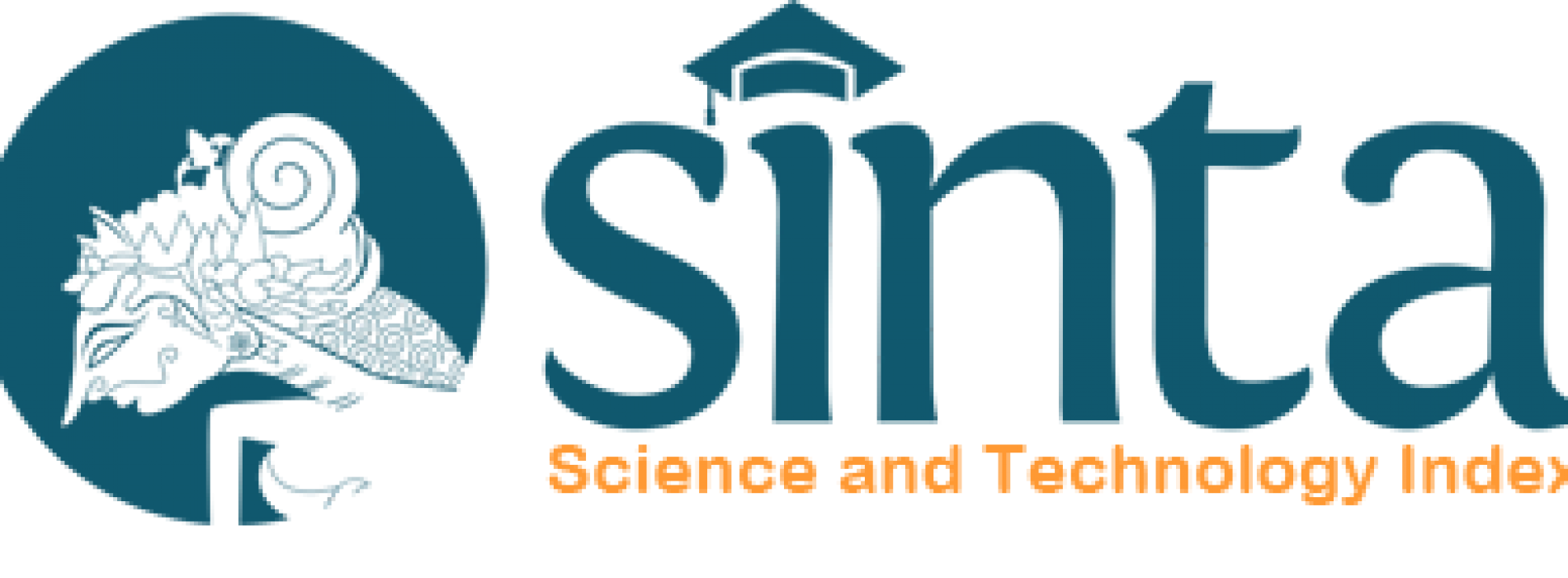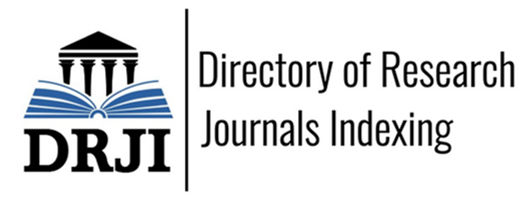ANALYSIS OF THE EFFECTIVENESS OF NATIONAL EARLY WARNING SCORE (NEWS) USAGE ON THE OUTCOMES OF HEAD INJURY
DOI:
https://doi.org/10.21776/ub.jik.2018.006.02.4Keywords:
head injury, NEWS, outcomeAbstract
NEWS (National Early Warning Score) is a new developmental instrument for early detection of declining patient conditions. Head injury is still a problem in Indonesia and so far its assessment is still based on GCS to know the category of head injury. Therefore, an appropriate early assessment instrument is needed to detect outcomes thus a management plan can be done quickly and accurately. This study aims to know the effectiveness of NEWS use against the outcome of head injury patients. The design of this study is a prospective cohort. Samples were taken by consecutive sampling in 48 head injured patients in three hospitals. The study was conducted from 27 November 2017 to 08 January 2018 with observation and documentation study. The result of analysis shows that p-value is 0,013 <0,05 (H0 is rejected), meaning that there is difference of outcome according to NEWS category. Significant differences were seen in mild and severe category of NEWS (0.013 <0.05). The percentage of NEWS influence on outcome is 78.34%. This suggests that NEWS is effectively used for initial assessment of outcomes of partients with head injury.
References
- Agrawal D, Ahmed S, Khan S, Gupta D, Sinha S, Satyarthee GD. (2016). Outcome in 2068 Patients of Head Injury: Experience at A Level 1 Trauma Centre in India. Asian Journal of Neurosurgery. Vol. 11, Issue 2, April‑June. Available: https://www.ncbi.nlm.nih.gov/pmc/articles/PMC4802935/.
- Alam N, Vegting IL, Houben E, et al. (2015). Exploring the Performance of the National Early Warning Score (NEWS) in A European Emergency Departement. Resuscitation. Available: https://doi.org/10.1016/j.resuscitation.2015.02.011.
- Bajamal AH, Rahatta NM, Parenrengi MA, et al. (2014). Pedoman Tata Laksana Cedera Otak (Guideline in Management of Traumatic Brain Injury). Edisi Kedua. Surabaya: Tim Neurotrauma RSU Dr. Soetomo, Fakultas Kedokteran Universitas Airlangga.
- BPS Provinsi Kalimantan Selatan. (2017). Available: https://kalsel.bps.go.id/site/resultTab.
- Cameron P & Jelinek G. (2015). Textbook of Adult Emergency Medicine. 4th Edition. Edinburgh, London, New York, Oxford, Philadelphia, St Louis, Sydney, Tronto: Elsavier.
- Campbell J. (2012). International Trauma Life Support for Emergency Care Providers. 7th Edition. American College of Emergency Physicians. Pearson Education: Inc.
- Chandra SO. (2015). Hubungan Derajat Trauma Kepala terhadap Penurunan Kadar Trombosit pada Pasien Berusia 15-44 Tahun Di RSUD Dr. Soedarso Pontianak Periode 2012-2103. Program Studi Pendidikan Dokter Fakultas Kedokteran Universitas Tanjungpura Pontianak. Available: jurnal.untan.ac.id/index.php/jfk/article/download/10590/10158.
- Clarinta U & Iyos RN. (2016). Cedera Kepala Berat dengan Perdarahan Subaraknoid. Jurnal Medula Unila. 4(4); 188-193. Available: http://docplayer.info/35550198-Cedera-kepala-berat-dengan-perdarahan-subaraknoid-severe-trauma-capitis-with-subarachnoid-haemorrage.html.
- Jarvis S, Kovacs C, Briggs J, Meredith P, et al. (2015). Aggregate National Early Warning Score (NEWS) Values are More Important than High Scores for A Single Vital Signs Parameter for Discriminating the Risk of Adverse Outcomes. Elsevier Ireland Ltd.
- Keep JW, Messmer AS, Sladden R, et al. (2015). National Early Warning Score at Emergency Department Triage May Allow Earlier Identification of Patients with Severe Sepsis and Septic Shock: A Retrospective Observational Study. Emerg Med J. 0:1–5. doi:10.1136/emermed-2014-204465.
- Kolic I, Crane S, McCartney S, et al. (2015). Factors Affecting Response to National Early Warning Score (NEWS). Elsevier Ireland Ltd.
- Li M, Zhao Z, Yu G and Zhang J. (2016). Epidemiology of Traumatic Brain Injury Over the World: A Systematic Review. Austin Neurol & Neurosci. 1(2): 1007.
- Maryam RS & Ekasari MF. (2008). Mengenal Usia Lanjut dan Perawatannya. Salemba Medika.
- Murad MK, Larsen S & Husum H. (2012). Prehospital Trauma Care Reduces Mortality. Ten-Year Results From A Time-Cohort and Trauma Audit Study in Iraq. Scandinavian Journal of Trauma, Resuscitation and Emergency Medicine.
- Muttaqin A. (2011). Buku Ajar Asuhan Keperawatan Klien dengan Gangguan Sistem Persarafan. Salemba Medika: Jakarta.
- National Clinical Effectiveness Committee. (2013). National Early Warning Score : National Clinical Guideline No. 1. Hawkins House, Hawkins Street, Dublin, Ireland: Department of Health. Health Service Executive (HSE). Akses 7 Oktober 2017. Jam 18:45:50. http://hdl.handle.net/10147/302582.
- Purwanto EH. (2015). Signifikansi Helm SNI Sebagai Alat Pelindung Pengendara Sepeda Motor dari Cedera Kepala. Jurnal Standardisasi. Volume 17. Nomor 1.
- Ristanto R, Zakaria A, & Nurmayunita H. (2017). Comparative Analysiso of Accuracy Among Glasgow Coma Scale, Trauma Score, and Revised Trauma Score as Predictors of Mortality Head Injury Patients. Jurnal Keperawatan. Volume 5. Nomor 2
- Royal College of Physicians. (2012). National Early Warning Score (NEWS): Standardising the Assessment of Acuteillness Severity in the NHS. Report of A Working Party. RCP: London. Available: https://doi.org/10.1016/j.resuscitation.2014.11.014.
- Rubiano AM, Carney N, Chesnut R & Puyana JC. (2015). Global Neurotrauma Research Challenges and Opportunities. Nature. 527, S193-S197. Available: 10.1038/nature16035.
- Saini NS, Rampal V, Dewan Y & Grewal SS. (2012). Factors Predicting Outcome in Patients with Severe Head Injury: Multivariate Analysis. The Indian Journal O F Neurotrauma 9. Availabel: http://www.sciencedirect.com/science/article/pii/S097305081200010X.
- Salim C. (2015). Sistem Penilaian Trauma. CDK-232. Vol. 42 no. 9. Available: kalbemed.com/Portals/6/21_232Praktis-Sistem%20Penilaian%20Trauma.pdf.
- Satyanegara. (2016). Ilmu Bedah Syaraf. Edisi V. Jakarta: PT Gramedia Pustaka Utama.
- Smith GB, Prytherch DR, Meredth P, et al. (2013). The Ability of the National Early Warning Score (NEWS) to Discriminate Patients at Risk of Early Cardiac Arrest, Unanticipated Intensive Care Unit Admission, and Death. Elsevier Ireland Ltd. Volume 84, Issue 4, April, Pages 465-470. Available: http://www.sciencedirect.com/science/article/pii/S0300957213000026.
- Sutoto. (2017). Standar Nasional Akreditasi Rumah Sakit. Edisi 1. Komisi Akreditasi Rumah Sakit.
- Taylor CA, Bell JM, Breiding MJ & Xu L. (2017). Traumatic Brain Injury-Related Emergency Department Visits, Hospitalizations, and Deaths-United States, 2007 and 2013. MMWR Surveill Summ 2017;66(No. SS-9):1-16. Centers for Disease Control and Prevention. Available: http://dx.doi.org/10.15585/mmwr.ss6609a1.
- Tirkkonen, et. al. (2014). Medical Emergency Team Activation : Performance of Conventional Dichotomised Criteria Versus National Early Warning Score. The Acta Anaesthesiologica Scandinavica Foundation. Published by John Wiley & Sons Ltd. Available: http://onlinelibrary.wiley.com/getIdentityKey?redirectTo=http%3A%2F%2Fonlinelibrary.wiley.com%2Fdoi%2F10.1111%2Faas.12277%2Ffull%3Fwol1URL%3D%2Fdoi%2F10.1111%2Faas.12277%2Ffull&userIp=120.188.67.210&doi=10.1111%2Faas.12277.
- Whitfield PC, Thomas EO, Summers F, et al. (2009). Head Injury: A Multidisciplinary Approach. Cambridge University Press.
- Widayarti. (2016). Pengaruh Terapi Murotal Al Qur’an terhadap Hemodinamik dan GCS Pasien Cedera Kepala. Jurnal Kebidanan dan Keperawatan. Vol 12. No. 1. PP. 77-83. Available: http://digilib.unisayogya.ac.id/2293/.
- Wijanarka A & Dwiphrahasto I. (2005). Implementasi Clinical Governance: Pengembangan Indikator Klinik Cedera Kepala Di Instalasi Gawat Darurat. JMPK. Vol. 08. No.04. Available: http://i-lib.ugm.ac.id/jurnal/detail.php?dataId=8972.
Downloads
Published
How to Cite
License
Authors published in this journal agree to the following terms:
1. The copyright of the received article shall be assigned to the journal as the publisher of the journal. The intended copyright includes the right to publish the article in various forms (including reprints). The journal maintains the publishing rights to the published articles.
2. Authors may enter into separate additional contractual agreements for the non-exclusive distribution of the published journal version of the work (for example, posting it to an institutional repository or publishing it in a book), with acknowledgment of their initial publication in this journal.
3. Authors are permitted and encouraged to post their work online (e.g. in an Institutional Repository or on their website) before and during the submission process, as this can result in a productive exchange, as well as earlier and larger citations of the published work.
4. Articles and all related material published are distributed under Creative Commons Attribution-NonCommercial 4.0 International License or CC BY-NC 4.0 license.
JNSU is licensed under a Creative Commons Attribution-NonCommercial 4.0 International License or CC BY-NC 4.0 license.
Similar Articles
- Iseu Mapagresuka, Abdurahman Wahid, Ifa Hafifah, COMPARISON OF NATIONAL EARLY WARNING SCORE (NEWS) AND REVISED TRAUMA SCORE (RTS) IN THE OUTCOME PREDICTION OF HEAD INJURY PATIENTS , Journal of Nursing Science Update (JNSU): Vol. 7 No. 2 (2019)
You may also start an advanced similarity search for this article.
Most read articles by the same author(s)
- Iseu Mapagresuka, Abdurahman Wahid, Ifa Hafifah, COMPARISON OF NATIONAL EARLY WARNING SCORE (NEWS) AND REVISED TRAUMA SCORE (RTS) IN THE OUTCOME PREDICTION OF HEAD INJURY PATIENTS , Journal of Nursing Science Update (JNSU): Vol. 7 No. 2 (2019)
- Ahmad Lathif, Abdurahman Wahid, Ifa Hafifah, THE INFLUENCE OF CPR MEASURES TRAINING TOWARD KNOWLEDGE AND MOTIVATION TO HELP THE VICTIM OF CARDIAC ARREST IN HIGH SCHOOL STUDENT OF DARUL HIJRAH PUTERA ISLAMIC BOARDING SCHOOL , Journal of Nursing Science Update (JNSU): Vol. 6 No. 2 (2018)
- Musyarrofah Musyarrofah, Abdurahman Wahid, Rismia Agustina, THE DEAD OF MILD AND MODERATE HEAD INJURY , Journal of Nursing Science Update (JNSU): Vol. 6 No. 2 (2018)
- Rifda Nur Achriyana Arif, Abdurrahman Wahid, Ifa Hafifah, Gia Eka Negara, Effectiveness of Thermos to Maintain the Temperature of Ringer Lactate and Normal Saline 0.9% at AC Temperature 18ËšC , Journal of Nursing Science Update (JNSU): Vol. 9 No. 2 (2021)





























